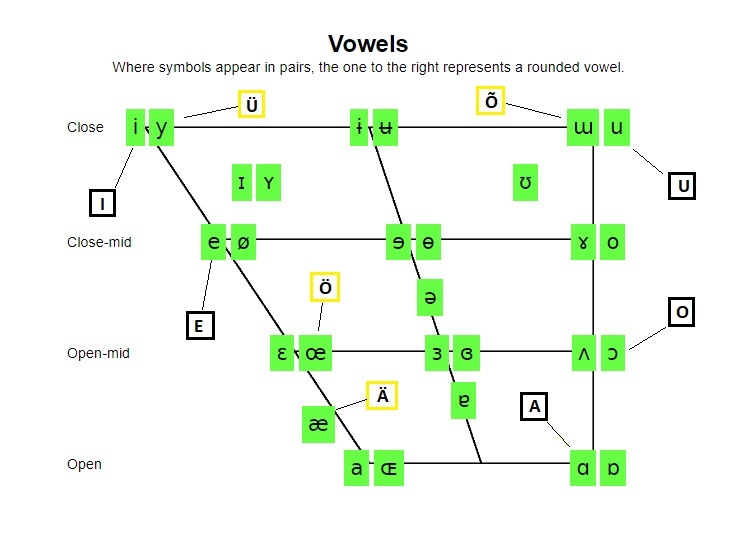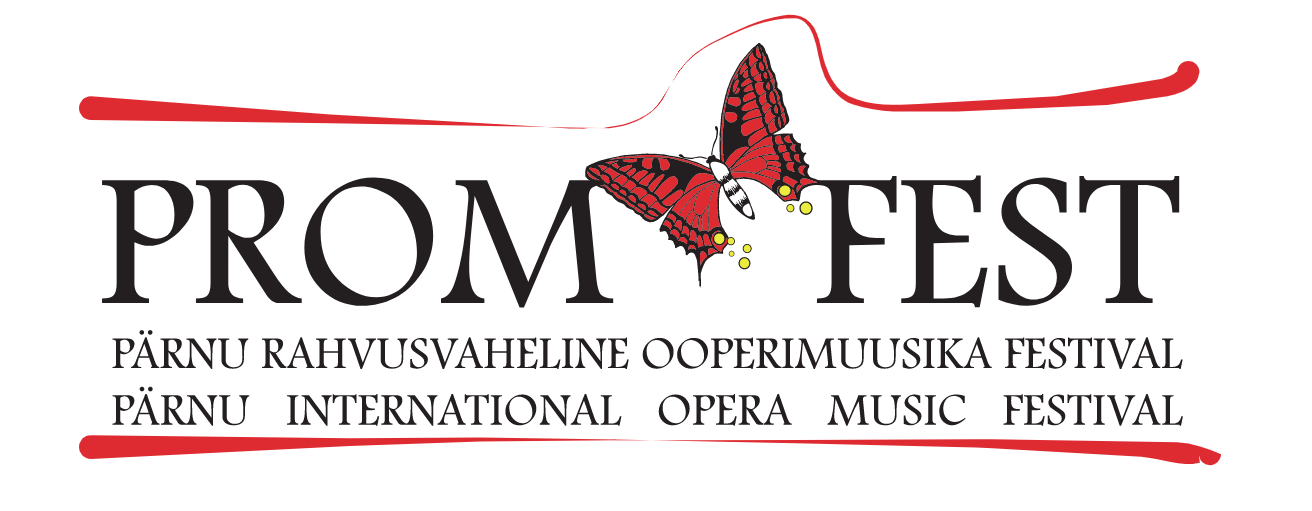Works by Estonian composers
This list contains a short selection of Estonian art songs of the 19th and 20th centuries. Singers are also free to choose other similar Estonian pieces not included in this list.
Choosing an Estonian song in the 3rd round gives the singer the opportunity to compete for a special award.
The selection below contains songs originally written for high or low voices. However, most of the songs are suitable for all voice types. Songs can also be transposed to an appropriate key if necessary.
To make the choice easier, sheet music and sample recordings can be downloaded. No translations are available but the competition may help you with a particular translation if needed.
Below, you can also find a simple guide to the pronunciation of Estonian.
The repertoire list has been compiled by Prof. Tiiu Levald and Ragne Saul.
Juhan Aavik (1884-1982)
1. Koduigatsus (Homesickness) / 1927, text: Ernst Enno PDF
Artur Kapp (1878-1952)
2. Metsateel (On the forest path) / 1902, text: Karl-Eduard Sööt PDF
Villem Kapp (1913-1964)
3. Sa tulid (You appeared like the Sun) / 1950, text: Juhan Liiv PDF
4. Kui lõpeb suvepäeva viimne vine (When the summer day’s lastest haze is fading away) / 1952, text: Juhan Sütiste PDF
Mihkel Lüdig (1880-1958)
5. Lapsepõlves (In childhood) / 1909, text: Ado Reinvald. PDF
Eduard Oja (1905-1950)
6. Põhjamaa lapsed (Children of a northern land) / 1928, text: Anna Haava PDF
7. Ei näe enam (Can’t see anymore) /1933, text: Juhan Liiv PDF
8. Me olime nagu lapsed (We were like children) /1937, text: Anna Haava PDF
Mart Saar (1882-1963)
9. Sügismõtted (Autumnal contemplations) /1906, text: Karl-Eduard Sööt PDF
10. Mis see oli (What was that?) /1908, text: Karl-Eduard Sööt PDF
11. Kadunud ingel (The lost Angel) /1906, text: Anna Haava PDF
12. Must lind (The black bird) /1909, text: Karl-Eduard Sööt PDF
13. Latvade kõne (Talkings of treetops) /1916, text: Ernst Enno PDF
14. Ta tuli (He/She came) /1922, text: Ernst Enno PDF
15. Vaikus (Silence) /1923, text: Johannes Kadastik PDF
16. Kevadel (In the springtime) /1923, text: Gustav Suits PDF
Eino Tamberg (1930-2010)
Five Romances to Poems of Sándor Petőfi op. 4 / translation to Estonian: Ellen Niit
17. Madalal on pilve süle (Clouds are sunken low) PDF
18. Tuul viib õilmelt lehe ära (The wind blows away a petal from the bloom) PDF
19. Aknast välja vahin ma (Staring out the window) PDF
20. Kevad ja sügis (Spring and Fall) PDF
Eduard Tubin (1905-1982)
22. Sügise päikene (Autumn Sun) / 1928, text: Juhan Liiv PDF
23. Punane õunapuu õis (Rosy apple-blossom) / 1928, text: Juhan Liiv PDF
24. Hällilaul (Lullaby) / 1939, text: Ernst Enno PDF
25. Õnne ootel (Waiting for happiness) / 1943, text: Marie Under PDF
26. Ingel lindudega (Angel with birds) / 1943, text: Marie Under PDF
A simple guide to the pronunciation of the Estonian language
The general rule of pronouncing the Estonian language is quite simple – the letters are pronounced exactly as written. Only four vowels are complicated – õ, ä, ö, and ü, as they do not exist in many languages.
The English speaker will find the sound ö in the word girl. The pronunciation in Estonian would be written like “gö(r)l”, and the sound ä in the word cat (“kät”), but you will not find õ or ü anywhere in English. The French will find the pronunciation of ö and ü in the words sœur (“söör”) and une (“ün”), ä is almost the sound in the name Seine (“sään”). German has the same sounds ö and ü as Estonian, but the pronunciation of German ä is somewhere between Estonian e and ä, and German does not have õ at all. Russian does have õ (= ы), but it lacks ö, ü, and ä, whereas Finnish has all except õ.
Double vocals in Estonian spelling need to be pronounced just longer.
The Estonian r must be pronounced with a rolling tongue like in Russian.
Use this LINK to hear the approximate sound of Estonian vowels according to the picture below.
